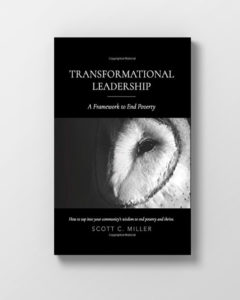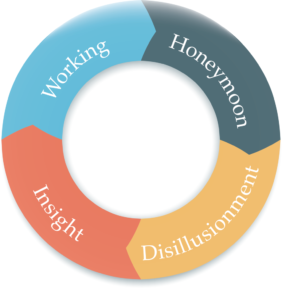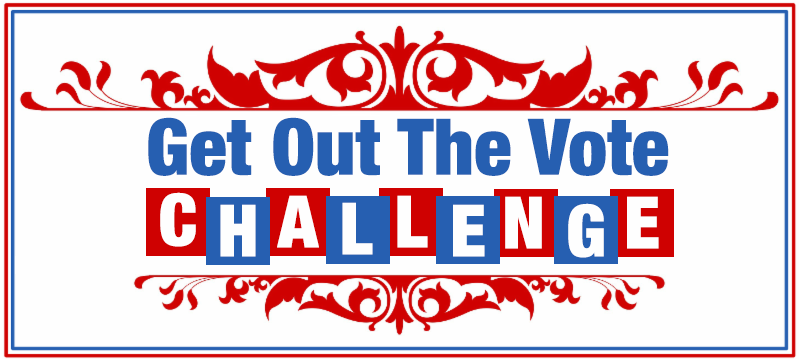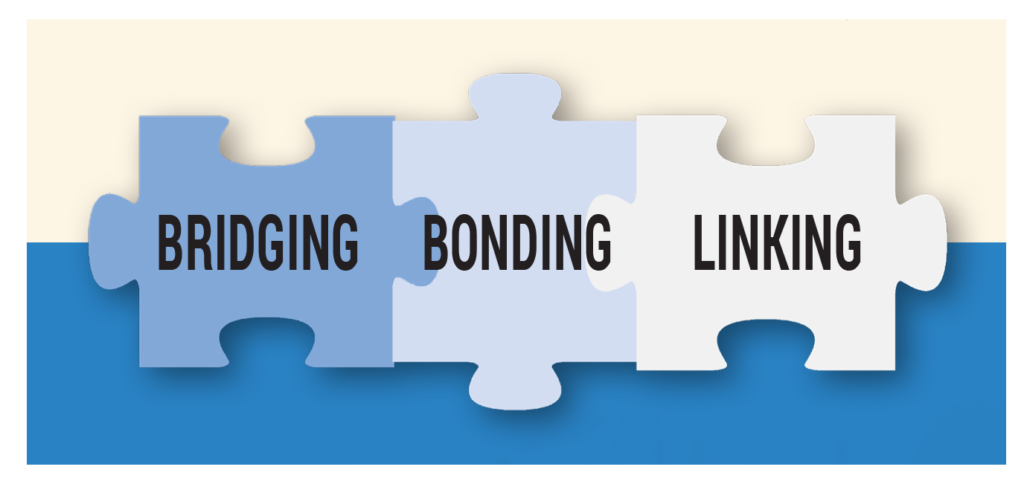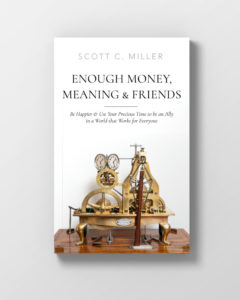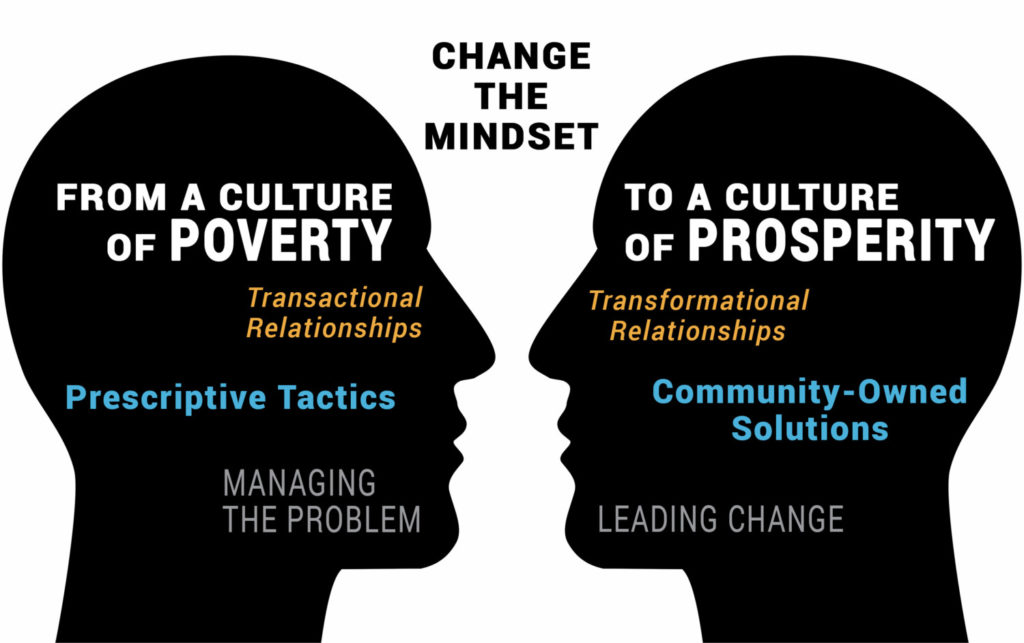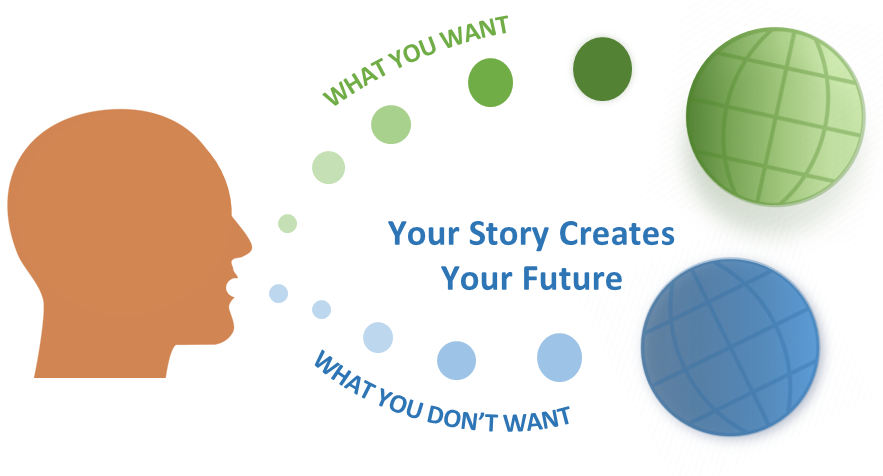
What is Your Story?
If you want to predict your future, listen to your conversations. What story are you telling yourself and others? Are you taking yourself and others into the future you want—or the future you don’t want?
Your vision must be connected to your deepest core values. If it is not, then you will not have the motivation and sustained energy to see a transformation through from beginning to end. Ask yourself, “What must happen in the next three years?” Ask it about your own life as well as about your community.
Once you articulate a vision that is highly important to you, you are ready to translate it into stories that move others toward achieving the vision.
We connect with one another emotionally, first, and then with information, second. Feed what you want to see happen with your story. Remember that a storyline that complains about how systems, people, events, community, and so on don’t work will only perpetuate a negative future. The power of self-fulfilling prophecy is real. Are you telling a story that leads to what you want or what you don’t want?
In the spirit of being the change, it is helpful to ask the following questions:
1. What in your life do you want to change so as to align to your new vision? Think about what we have discussed—people, activities, and your environment.
2. What support do you need from others in order to make the change?
3. Are you ready? On a 10-point scale where 10 represents the highest level of readiness, how ready and willing are you to change your life in ways that are most important to you?
4. If you are not a 10, what is between you and being a 10?
5. Now that you have identified the resistance, are you ready to let it go and take immediate action to begin your plan? What steps will you take this week?
Learn more: Transformational Leadership: A Framework to End Poverty ~ By Scott C. Miller
To learn more about Scott Miller, please see his website here.

